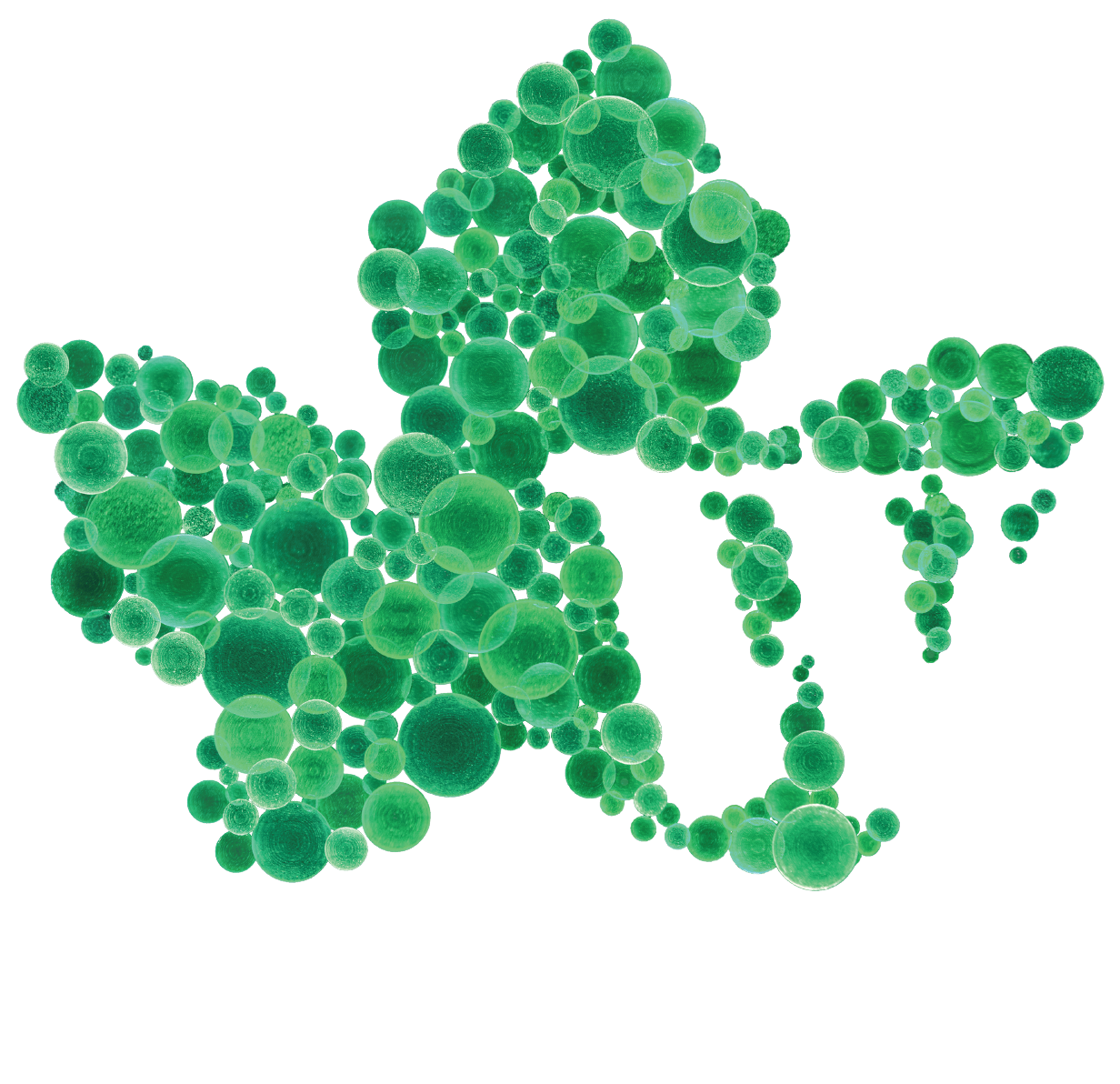


Wege Prize
Wege Prize
Wege Prize 2026: Phase 2 Teams Announced
What is Wege Prize?
Wege Prize is an annual competition that ignites game-changing solutions for the future by inspiring college/university students around the world to collaborate across institutional, disciplinary, and cultural boundaries to redesign the way economies work.
Participants contend for $65,000 (USD) in total cash prizes, all while learning—and helping to show the world—what the future of problem solving looks like.
The Players
College/university students from around the world apply as transdisciplinary teams of five, representing different academic disciplines, institutions, and degree levels.
Teams advance through up to four distinct phases of competition, receiving in-depth feedback from experts and professionals in related fields along the way.
PARTICIPATION REQUIREMENTS
The Challenge
How can we create a circular economy?
Each team must leverage its transdisciplinary makeup to collaboratively design and propose a product, service, system, or other solution to a wicked problem of their choosing that can help us transition from a linear economic model to a circular economic model.
READ THE 2026 DESIGN BRIEF
The Prizes
Winning teams will split the following awards evenly between their five members:
First Place: $30,000 (USD)
Second Place: $20,000 (USD)
Third Place: $10,000 (USD)
Finalist Awards (2): $2,500 (USD)
PAST WINNERS

What is the circular economy?
What is the circular economy?
The Circular Economy: The Basics
Looking beyond the current take-make-waste extractive industrial model, a circular economy aims to redefine growth, focusing on positive society-wide benefits. It entails gradually decoupling economic activity from the consumption of finite resources, and designing waste out of the system. Underpinned by a transition to renewable energy sources, the circular model builds economic, natural, and social capital.
A circular economy is based on three core principles:
1 - Eliminate waste and pollution
Consider waste and pollution as design flaws to be addressed rather than inevitable by-products of the things we make.
2 - Circulate products and materials
Design products to be reused, repaired, and re-manufactured, and we need to keep materials in circulation and out of the landfill.
3 - Regenerate our natural systems
Create closed loop systems that actively enhance water and nutrient cycling and help the entire ecosystem renew and recover.
What is the circular economy? What does it look like in practice? Who's doing it now? And how can you get involved? Watch the above video from the Ellen MacArthur Foundation to learn more!
The Ellen MacArthur Foundation
The Ellen MacArthur Foundation was launched in 2010 to accelerate the transition to a circular economy. Since its creation the charity has emerged as a global thought leader, establishing the circular economy on the agenda of decision makers across business, government, and academia.
“We are trying to change a system, not one business. We need to change the way people think, the way things are designed, the materials that are put into them.”




Two additions to the group of core judges expand perspective, support for remaining 150 student participants, vying for recognition of their game-changing solutions for a circular economy